45 are food labels required by law
USDA ERS - Food Labeling Businesses covered by the regulations were required to comply by May 7, 2018. Although some restaurants posted this information voluntarily and others posted in response to State or local requirements, the new law supersedes any State or local legislation. Cottage Food Laws | LABELS All foods prepared by an operator shall be packaged and labeled. in a manner that prevents product contamination. (1) The label information shall include: (A) the name and physical address of the cottage food production operation; (B) the common or usual name of the product; (C) disclosure of any major food allergens, such as eggs, nuts, soy ...
By law, which of the following food items must display a nutrition ... Food labels are required by law for which of the following foods? Nutrients. Calories, fat, saturated fat, cholesterol, sodium, and carbohydrates are all factors to consider.
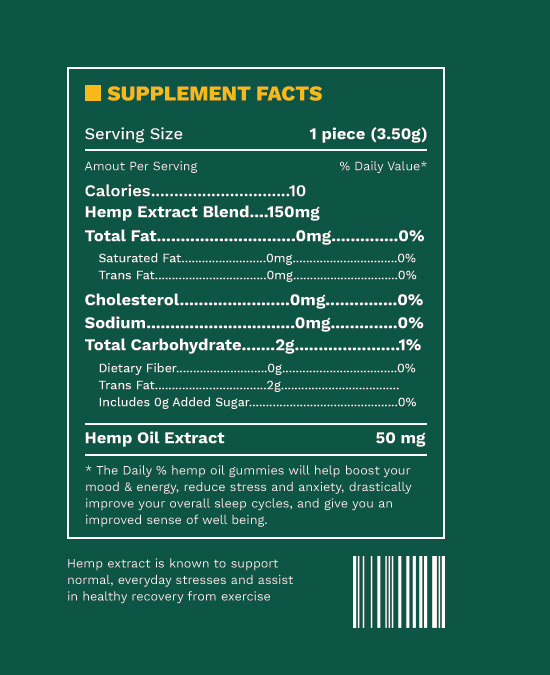
Are food labels required by law
Packaging, Labeling, Transporting, Storing — Food Law To assist food businesses comply with food laws (including food labeling laws), the responsible agencies are increasingly publishing guides and fact sheets written for a business audience (rather than the legalese of statutes and regulations). ... Five basic label requirements for food: product name, quantity of content, nutritional information ... Food Labeling Overview - National Agricultural Law Center Food labeling laws and regulations address packaging and point-of-purchase advertising for food and supplements sold in retail establishments, menus in restaurants, and alcoholic beverage labeling. Food labeling laws and regulations also cover claims made by marketing endeavors, including claims about the purity of food products or health benefits. Nutrition Labels 101: What's Required? What's Optional? Total carbohydrates is a required listing unless there is less than 1 gram, at which point it can be expressed as "contains less than 1 gram," or if less than 0.5 grams per serving, it can be expressed as zero. Sugars are the sneaky nutrient found naturally in many "healthy" foods, including fruit and milk.
Are food labels required by law. Understanding Labeling Laws for Food to Reduce Your Risk of a Lawsuit The Nutrition Labeling and Education Act (NLEA), which amended the FDCA, governs nutrition labeling and requires food labels bearing health claims, nutrient content claims, and structure/function claims to meet applicable requirements. Labeling regulations can be difficult to interpret, ambiguous, confusing, and seemingly contradictory. Minimum Requirements for Packaged-Food Labeling | Mass.gov Foods that Require Labeling All packaged foods must be labeled in accordance with Massachusetts and federal labeling regulations, including all foods intended for retail sale that are manufactured in licensed residential kitchens. Massachusetts Open-dating Regulation PDF General Food Labeling Requirements - California required. Other label information, such as health claims and nutrient content claims, are voluntary. These label statements are based on the following statutes: 1. Fair Packaging and Labeling Act (FPLA) of 1967, 2. Federal Food, Drug, and Cosmetic Act (FD&C) 3. Nutrition Labeling and Education Act of 1990 (NLEA), 4. Food labelling - general EU rules - Your Europe Labelling. Mandatory information must be printed using a font with a minimum x-height of 1.2 millimetres. If the largest surface area of packaging is less than 80 cm², you can use a minimum x-height of 0.9 mm. For packaging surface of less than 10 cm², you must list: name of the food. any substances or products causing allergies or ...
Packaging and labelling | Food Standards Agency The following information must appear by law on food labels and packaging: Name of the food The name of the food must be clearly stated on the packaging and not be misleading. If there is a name... PDF Food Labeling Guide - Food and Drug Administration Food Labeling Guide Additionalcopies are available from: Office of Nutrition, Labeling, and Dietary Supplements HFS-800 Center for Food Safety and Applied Nutrition Food and Drug Administration... The Ins and Outs of Food & Beverage Labeling The Labeling Compliance Guidance also sets forth standards and approvals for labels on your product with terms like "gluten-free" or "organic.". Similarly, you should think twice before using phrases like "good source.". For instance, if you say that your granola is a "good source of fiber," the implication of this phrase is ... Food Labeling | Agriculture and Markets Food Labeling SHARE Overview If your product will be packaged and sold at retail to the end-user, or sold wholesale to a firm that will sell the packaged product to the end-user at retail, you need to label your product. This is a brief summary of the labeling regulations governing foods offered for sale in New York State.
Food labelling and packaging: Overview - GOV.UK To sell food and drink products, the label must be: clear and easy to read permanent easy to understand easily visible not misleading You must show certain basic information and list the... Does all food need a label? - Safe Food & Water Regardless of whether the food you are purchasing is a licensed food or a cottage food, a label is required. While FDA oversees labels of licensed food, MDARD establishes the standards and guidance for the requirements of a cottage food label. Essentially, there are five components necessary on the label of a licensed food product: Why the New Federal GMO Food Labels Are Unlikely to Affect Sales Just one state—Vermont—actually passed and implemented a mandatory GMO labeling law. The food industry has been resistant to labeling, concerned about creating a stigma against GMO foods. ... The new, required GMO labels didn't have any direct effect on demand. "In hindsight, it makes sense that we didn't find an effect, given that ... What is required on a food label? - USDA A meat and poultry label is required to contain 8 features. These are: the product name, inspection legend and est. number, handling statement, net weight statement, ingredients statement, address line, nutrition facts, and safe handling instructions. These requirements are found in the Code of Federal Regulations (9CFR 317.2/381 Subpart N).
Food Labeling - USDA The FDA assures that most prepared foods, such as bread, cereals, canned and frozen foods, snacks, desserts, drinks, etc., are safe, wholesome, and properly labeled. The National Organic Program (NOP), a regulatory program housed within the USDA Agricultural Marketing Service, develops organic food labeling standards
Labelling - Food Standards In addition to the Food Standards Code, all representations made about food are subject to fair trading laws and food laws in Australia and New Zealand which prohibit false, misleading or deceptive representations. For further information see Truth in labelling, weights and measures and legibility.
Food Labeling & Nutrition | FDA Food labeling is required for most prepared foods, such as breads, cereals, canned and frozen foods, snacks, desserts, drinks, etc. Nutrition labeling for raw produce (fruits and vegetables) and...
Fair Packaging and Labeling Act: Regulations Under Section 4 of the ... The Fair Packaging and Labeling Act (FPLA or Act), enacted in 1967, directs the Federal Trade Commission and the Food and Drug Administration to issue regulations requiring that all "consumer commodities" be labeled to disclose net contents, identity of commodity, and name and place of business of the product's manufacturer, packer, or distributor.
Information Required on a Food Label: What to Know - The Label Link Every food and beverage manufacturer faces regulations for their food labels. The information required on a food label is fairly straightforward. You might already have it there but you need to be sure it's properly positioned. Here are a few guidelines to follow when putting the finishing touches on your food label design. First, Some ...
List of food labeling regulations - Wikipedia Mandatory country-of-origin labeling of food sold in the United States Personal Responsibility in Food Consumption Act Public Law 114-214, regulating GMO food labeling Pure Food and Drug Act Regulation of food and dietary supplements by the U.S. Food and Drug Administration Standards of identity for food Title 21 of the Code of Federal Regulations
FDA Food Product Labeling & Packaging Requirements - ESHA The Food Allergen Labeling and Consumer Protection Act of 2004 (FALCPA) mandates that packaged food items must declare, in plain language, the presence of any major food allergens (Milk, Egg, Fish, Crustacean shellfish, Tree nuts, Wheat, Peanuts, Soybeans, Sesame) on the product packaging.
Food Product Dating | Food Safety and Inspection Service 1 The U.S. Food and Drug Administration requires a "use by" date on infant formula. The U.S. Department of Agriculture (USDA) does not require quality or food safety date labels for products under its purview.
4 Common Food Label Violations + How to Avoid Them These claims include "healthy," "no added sugar," "good source of iron," "low sodium," and "plus fiber.". Although the safety of these food products is not a concern, the FDA has not authorized most nutrient content claims for foods that are intended for infants and toddlers. Unauthorized Health Claims: Everyone would love ...
Labelling laws | NSW Food Authority * Food labels are legally required to show the name and Australian or New Zealand business address of the manufacturer or supplier (packer or vendor importer) plus the lot and batch number of the food (or date coding) to enable efficient food recalls. Food is recalled when it poses a possible public health and safety risk to consumers.
Nutrition Labels 101: What's Required? What's Optional? Total carbohydrates is a required listing unless there is less than 1 gram, at which point it can be expressed as "contains less than 1 gram," or if less than 0.5 grams per serving, it can be expressed as zero. Sugars are the sneaky nutrient found naturally in many "healthy" foods, including fruit and milk.
Food Labeling Overview - National Agricultural Law Center Food labeling laws and regulations address packaging and point-of-purchase advertising for food and supplements sold in retail establishments, menus in restaurants, and alcoholic beverage labeling. Food labeling laws and regulations also cover claims made by marketing endeavors, including claims about the purity of food products or health benefits.
Packaging, Labeling, Transporting, Storing — Food Law To assist food businesses comply with food laws (including food labeling laws), the responsible agencies are increasingly publishing guides and fact sheets written for a business audience (rather than the legalese of statutes and regulations). ... Five basic label requirements for food: product name, quantity of content, nutritional information ...


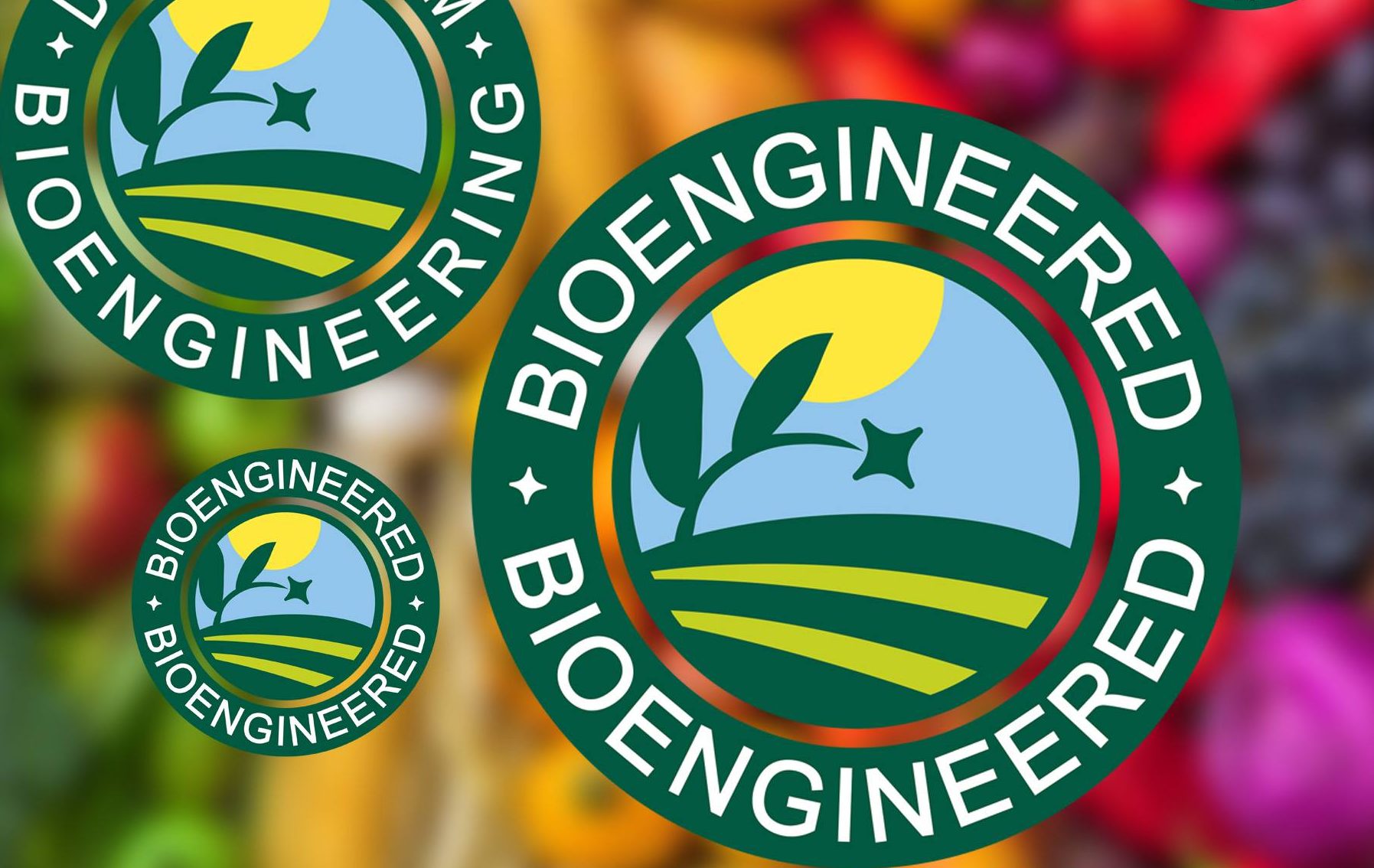

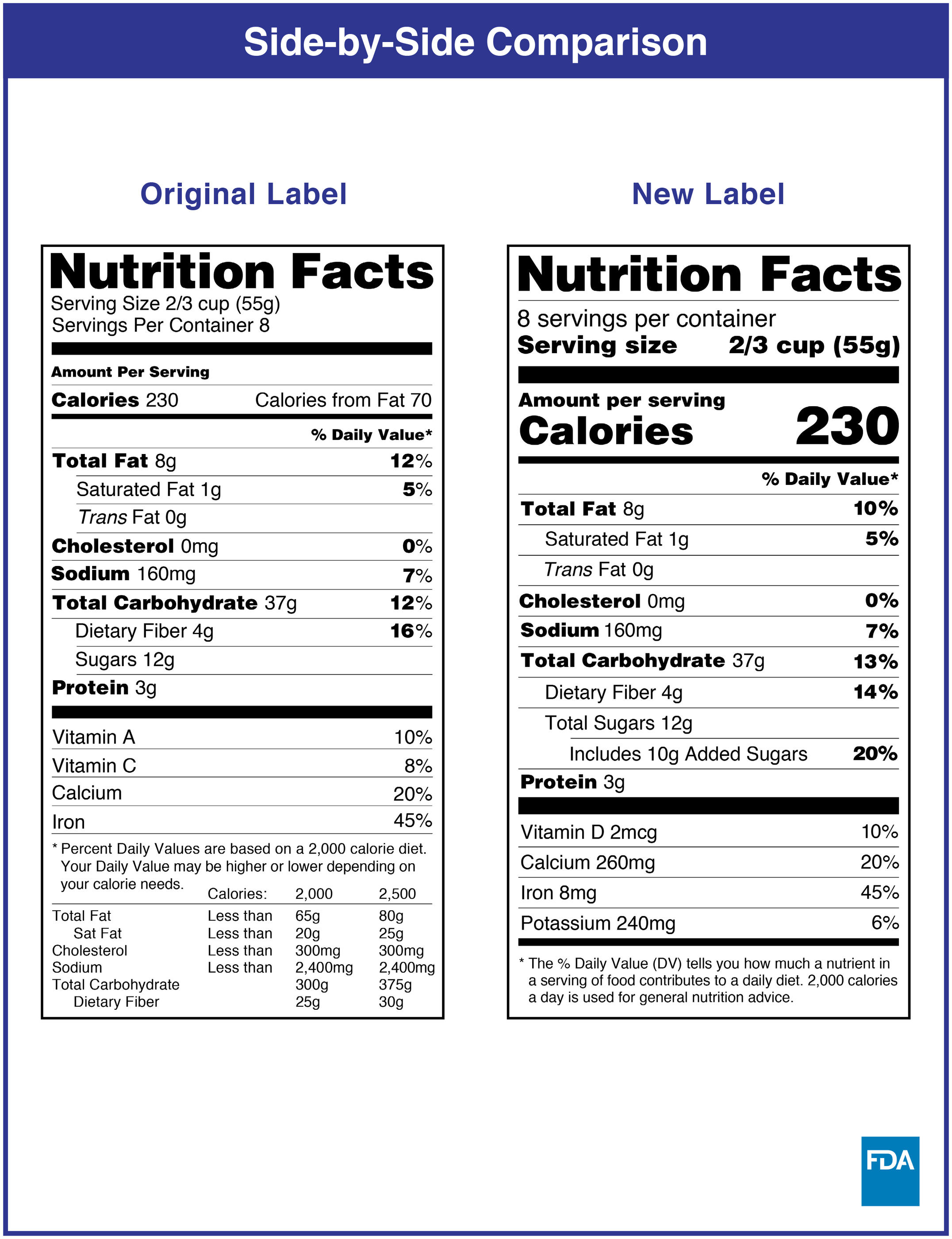
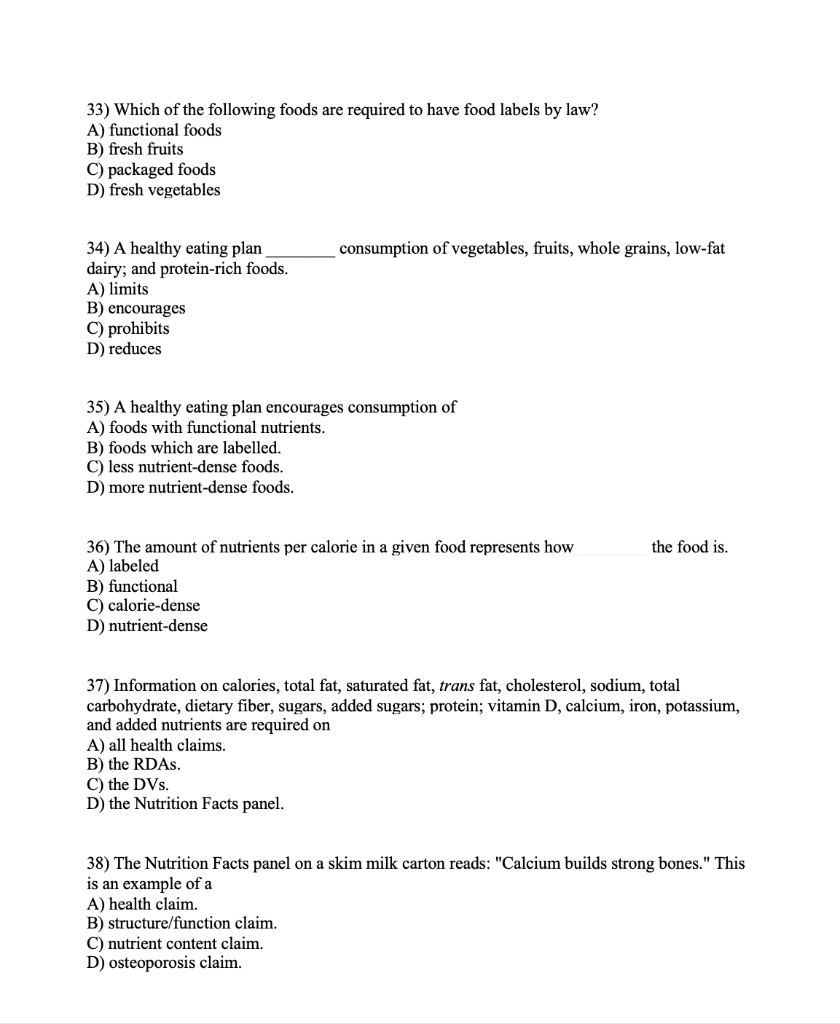
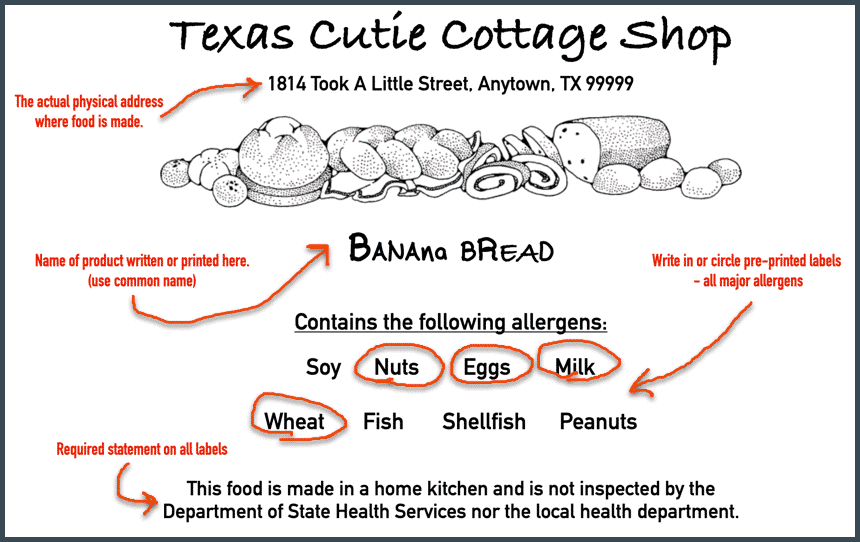


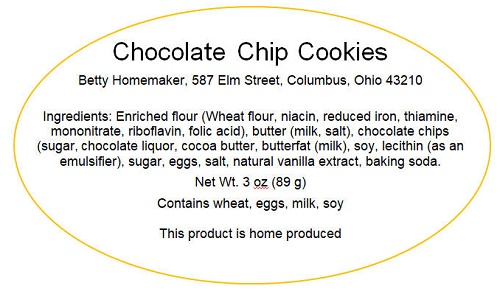
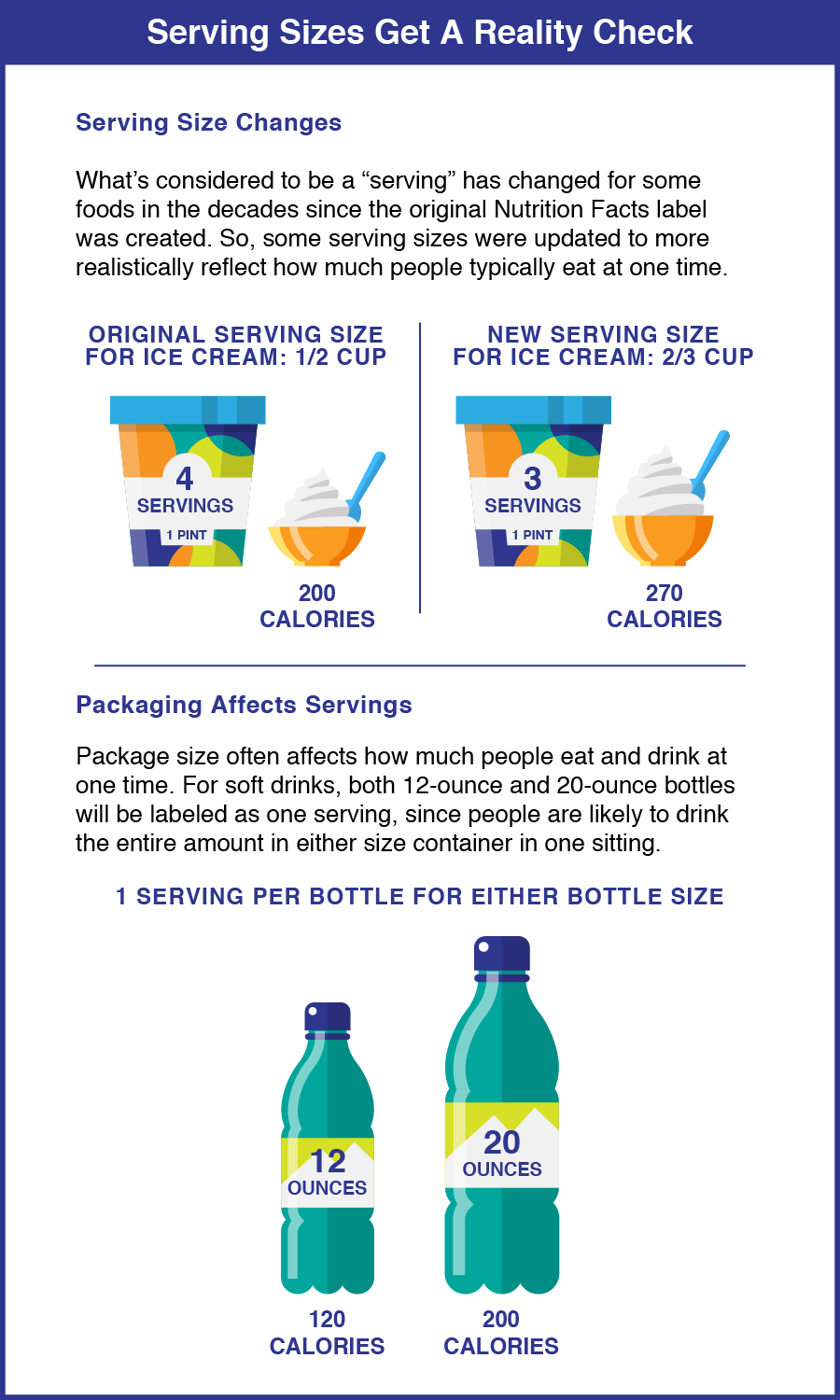


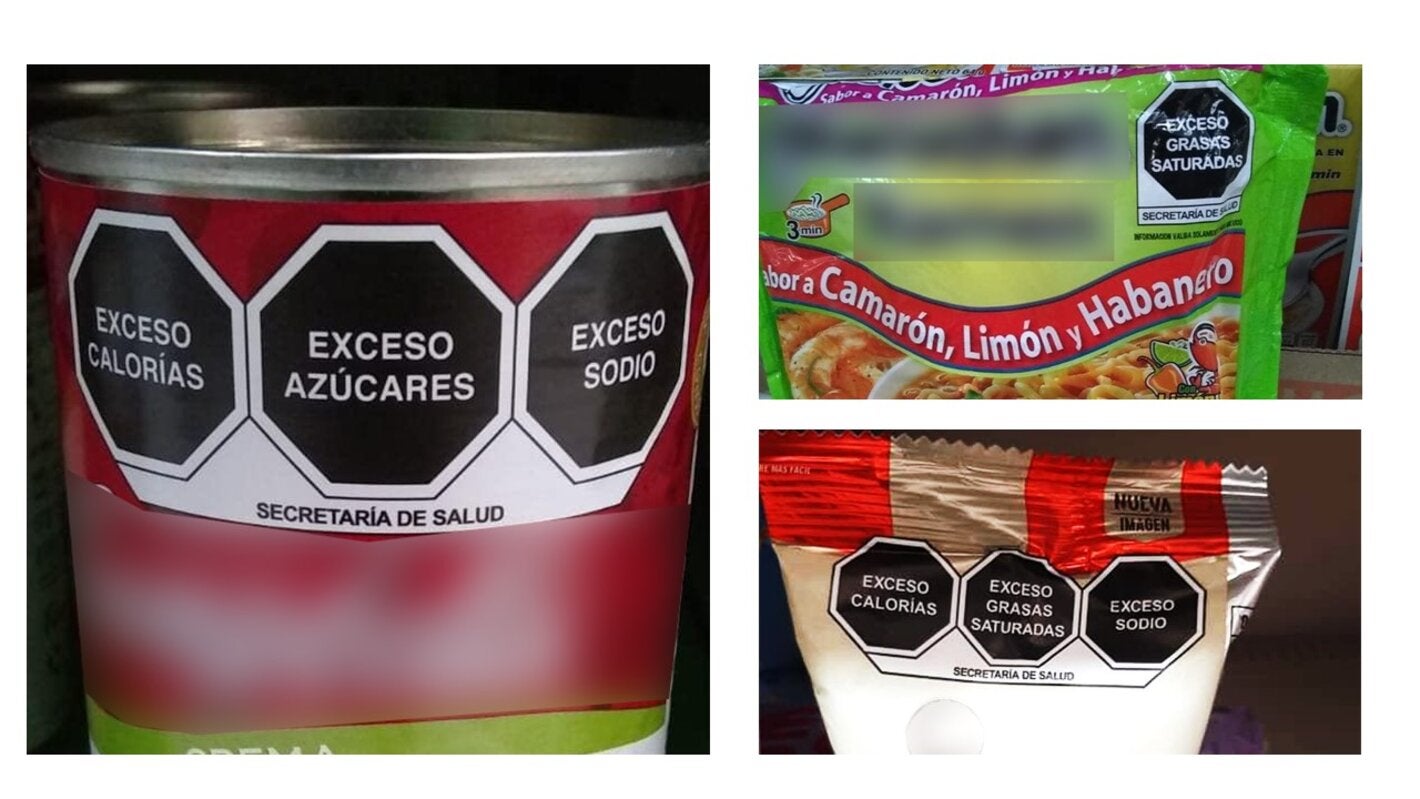
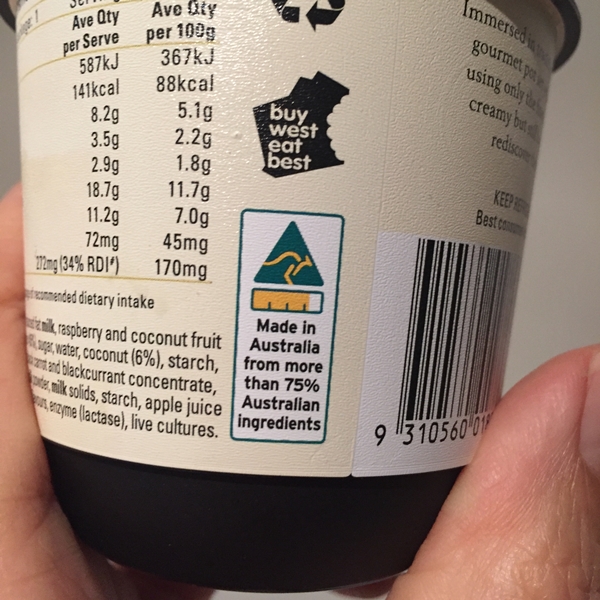





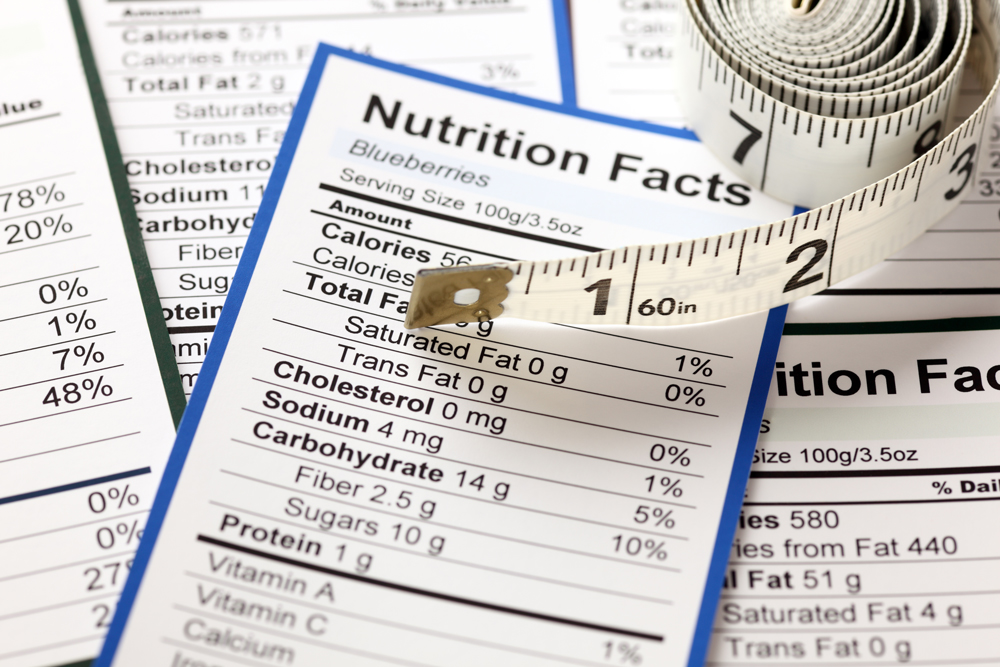


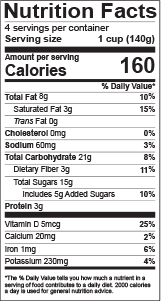
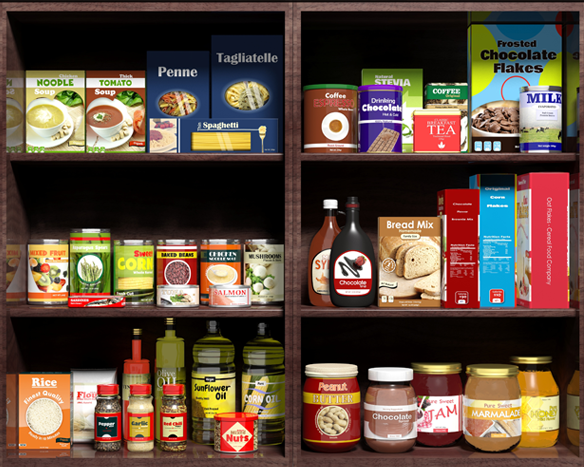
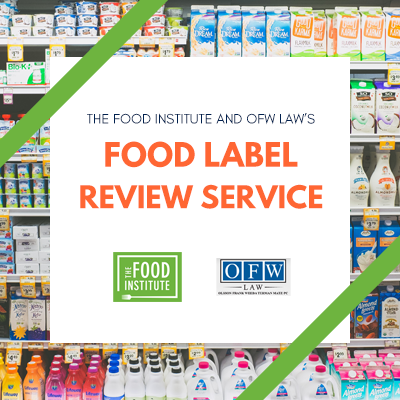
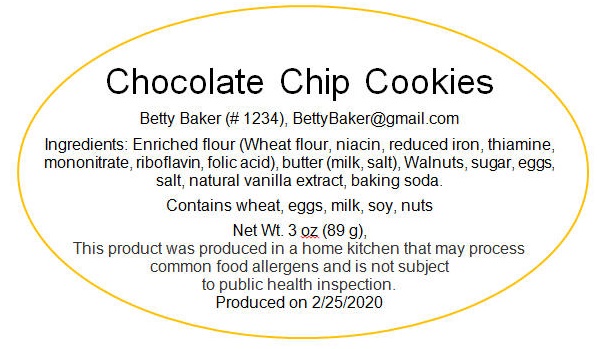




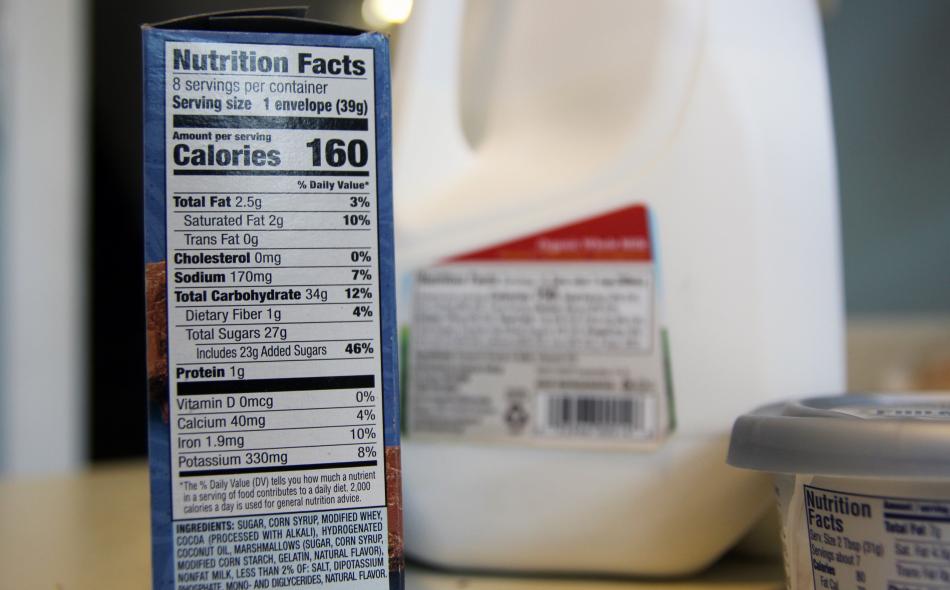

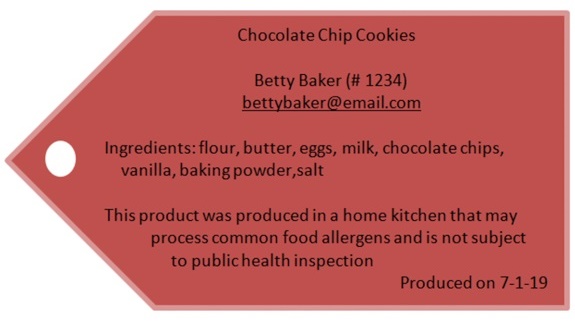
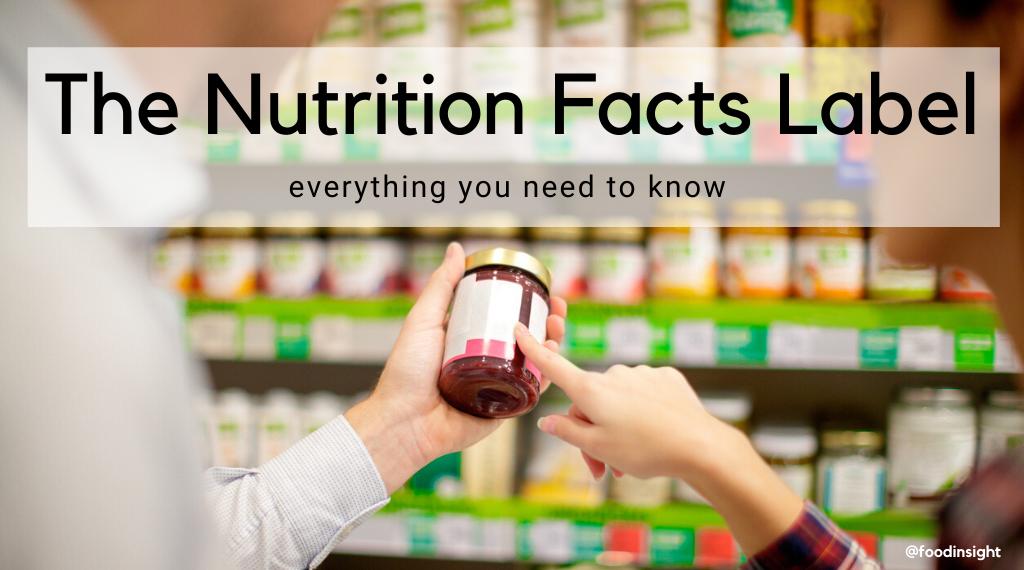


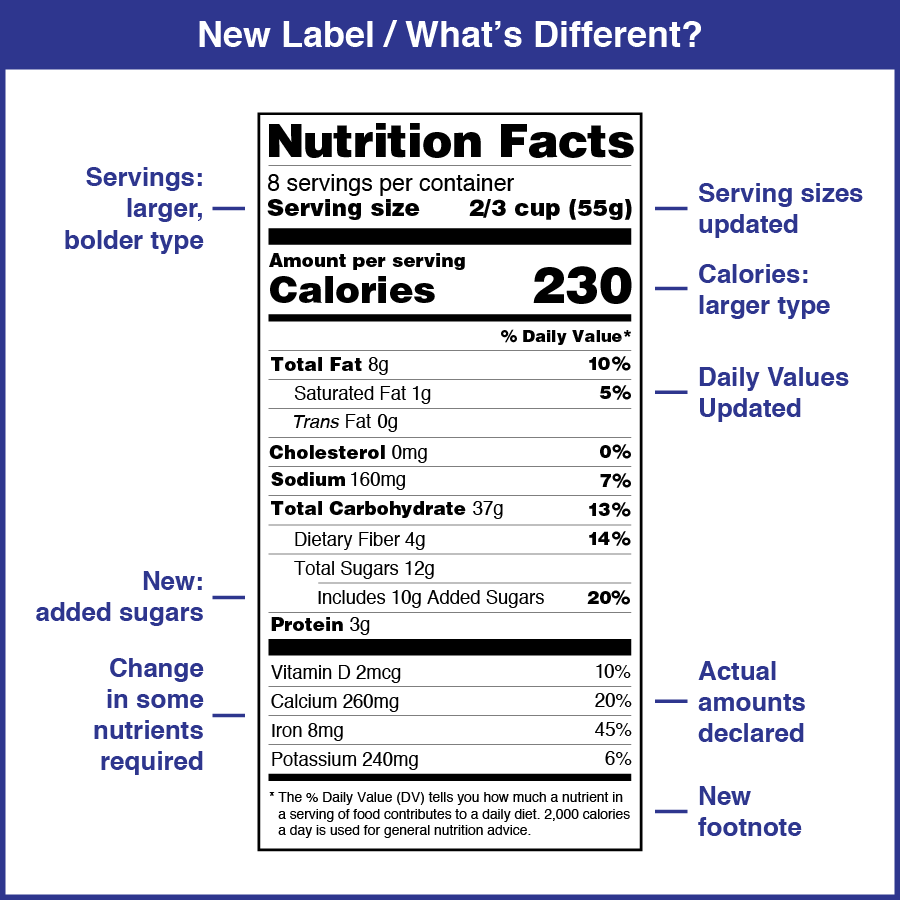

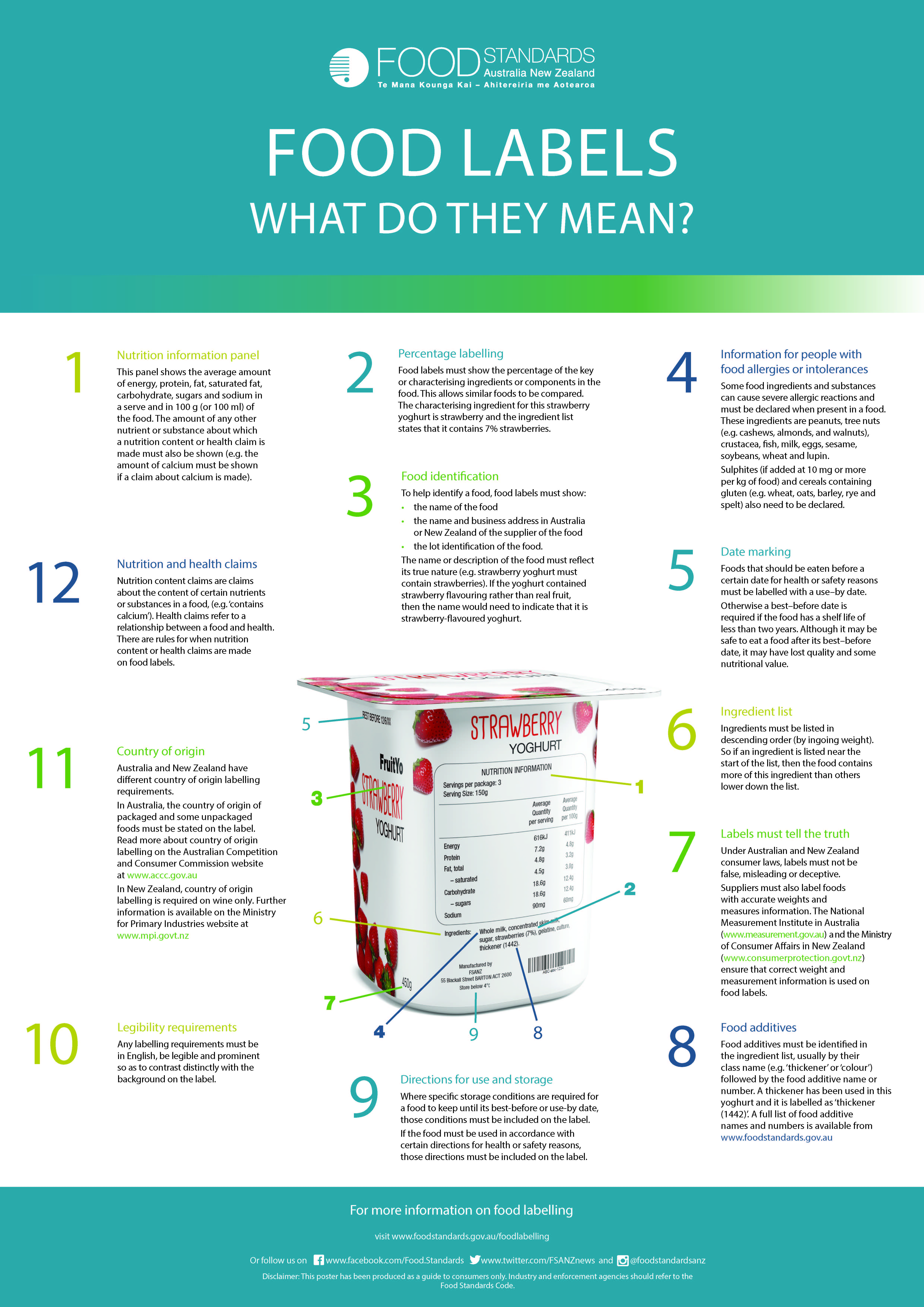
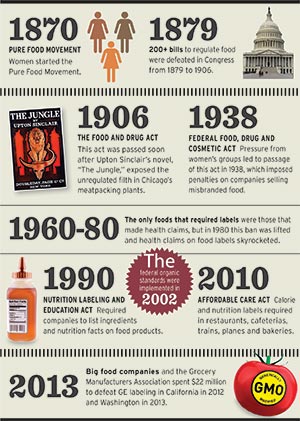
Post a Comment for "45 are food labels required by law"